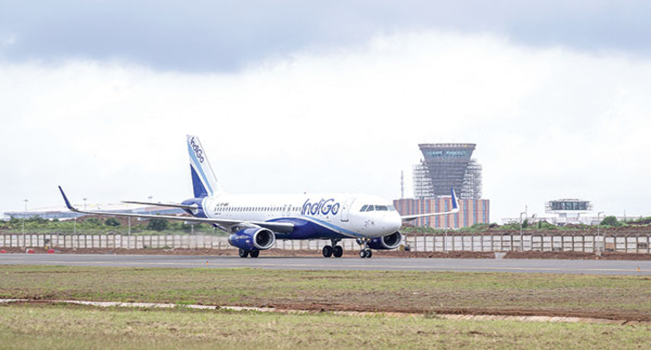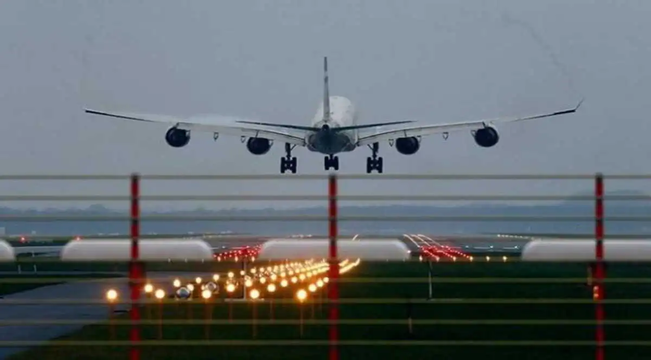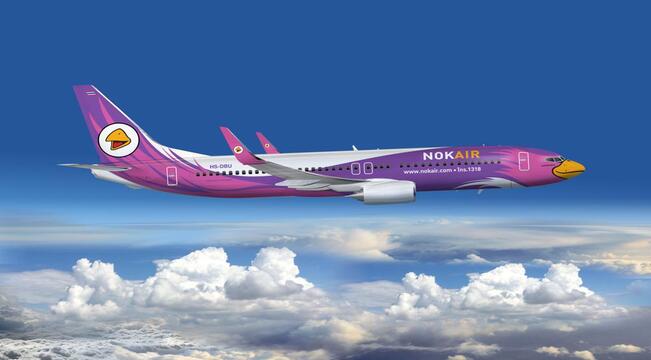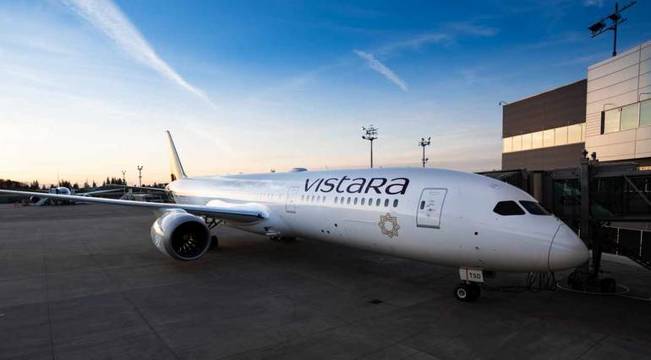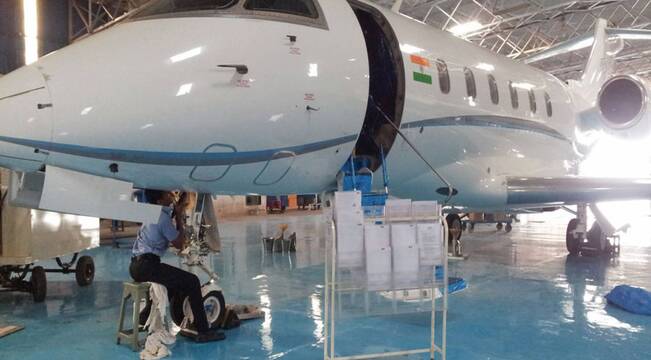New Delhi, August 27, 2022: The Karnataka Cabinet recently cleared the way for its Aerospace and Defence Policy 2022-2027. The government hopes to attract over Rs 45,000 crore investments and put itself on the global aerospace and defence map. A slew of policies and developments have transformed Karnataka into a preferred location for aviation.
Eyes on the Prize: What Karnataka deems to be in Aerospace and Defence
If the new policy indicates what the state government envisions, the dreams are indeed significant and global. Already, 25 percent of the aircraft and spacecraft industry in the country is in Karnataka, along with two-thirds of all defence aircraft and helicopter manufacturing. The state contributes about 65 per cent to the Indian aerospace and defence sector exports.
The state seeks to develop multiple centres for this plan; hence, micro-enterprises outside Bengaluru enjoy up to 35 per cent subsidies. For those in Bengaluru, the subsidy is 30 percent. Further, around INR 20-25 lakh can be attracted as an investment subsidy, subject to certain norms. Five hubs will be developed: Bengaluru, Belagavi, Mysuru, Tumakuru and Chamarajanagar.
The holistic view of the government in shaping the aero future is witnessed in its drive to train the youth for the aerospace and defence sector via ten institutions identified for this objective specifically. Two hundred candidates will be eligible to receive an INR 70,000 stipend for training. The government may also extend specific skill-building to schools.
Notably, Karnataka was the first state to have its own Aerospace and Defence Policy in 2013 that would come to fruition on January 31st, 2023.
A Budding Ecosystem for Aviation and Defence in Karnataka
Already, Karnataka is the top destination for new ventures in the sector. One of the market leaders in aircraft engine manufacturing, Pratt & Whitney, recently opened its India Capability Centre in Bengaluru. The complex will also house their India Engineering Centre soon.
Another avionics major from France, Thales Group, already has an engineering centre in Bengaluru where its Flight Management Software (FMS) is being developed. Thales recently announced plans to expand India by setting up its maintenance, repair and overhaul (MRO) centre. Another French aviation group, Safran, will set up its largest MRO facility in India.
Apart from the industry, Karnataka has been the home of various Hindustan Aeronautics Limited (HAL) and Defence Research and Development Organisation (DRDO) labs. HAL’s research and manufacturing has been Karnataka based. DRDO has labs nationwide and operates specific labs and centres for aviation in Karnataka. The cutting-edge research in unmanned aerial vehicles (UAVs) under DRDO is also at the behest of the facilities provided by the state of Karnataka.
Specifically for drones, there is a need for a solid electronics industry and prototyping services like 3D printing. Karnataka’s strong industry presence enables every venture to readily use various quality service providers for innovating, from FPGA and circuit design to 3D printing, machining, and CNC. One can also procure high-quality sensors such as mountable thermal cameras, etc.
Future Forward: Focus on UAVs
UAVs and allied ventures in India get a natural advantage when they set up shop in Karnataka. The future drones of India, like Ghatak being developed in Karnataka itself, ensure a credible ecosystem is in place.
The most benefit a manufacturer shall avail from Karnataka’s compliance with the Drone Regulations. The regulations have defined various parts of the country as green, yellow and red zones. Further, specific geo zones might be government buildings or airports excluded from the fly zone. The red zone is a no-fly zone; however, one can seek permission from the Union Government. The yellow zone carries various restrictions; it mainly permits smaller commercial drones. In the green zone, most restrictions are lifted. The green zone is ideal for anyone innovating in this sector. According to the reports published in financialexpress.com the Directorate General of Civil Aviation (DGCA) has publicly made a dynamic map on the Digital Sky platform.
Karnataka boasts multiple green zones within the city, such as Bengaluru city. Categorically, the Electronic City in Bengaluru is under the green zone, which permits the flying of up to a 500 KG drone without restrictions and permissions.
For context, cities like Mumbai or Gurugram (and the rest of the National Capital Region) have no green zones. Green zones in Mumbai and NCR are found on the city’s outskirts or in adjacent towns. This is a grim setup compared to a green zone in the city’s heart.
Karnataka’s state government has been pooling all resources to offer a world-class ecosystem for aerospace and defence. Policy and the industry response showcase the zeal for establishing a global aerospace and defence hub. As the industry grows in India and becomes a part of the worldwide supply chain, Karnataka will be the trailblazer for India’s aviation story.










